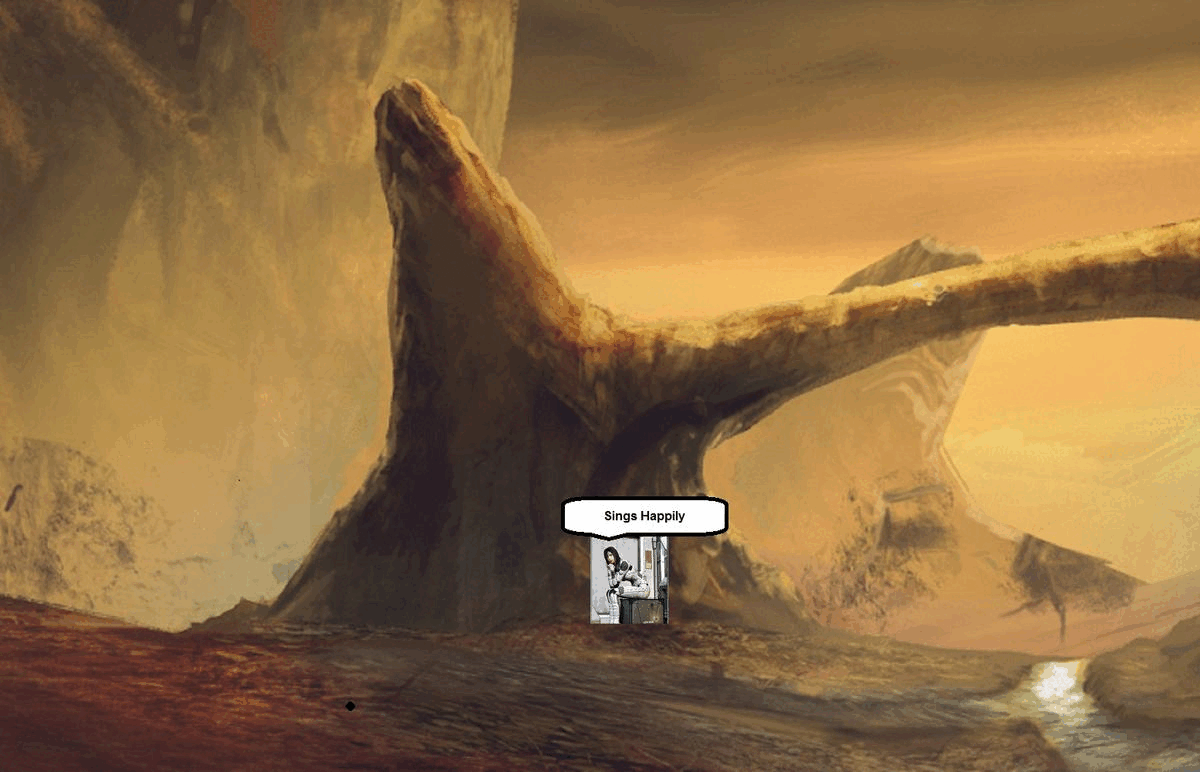
The Exode Away Team Challenge has ended and the colonization challenge will soon begin. Unfortunately I still haven't had the time to write up a summary of my experience and planetary discoveries! Fortunately the Galactic Bioblitz Contest came along and forced me to put something together!
As such I present you our research on the Large Efhosa discovered on planet Muneerane.
Initial planetary investigations warned us of Tunneling Beasts.

In order to properly investigate we placed a dummy outside as bait in order to observe its behavior. It promptly emerged from below the surface and launched an attack which we call the "Powerful Dangerous Catapult".

Further research identified additional information:
The Large Efhosa is a Average creature (with the size of a dog in archaic terrian terms) , with noticeable colorful forms of Brown.
Information about the shape of the typical Large Efhosa is being gathered.
We estimate Large Efhosas to be spread in Common.
We haven't been able to confirm any accurate information about where this creature nests or when, which means that we may still consider the Large Efhosa can be found everywhere and all the time on Muneerane.
The creature has appropriate strength and speed for its size. The creature seems very aggressive in battle, as we have seen when a conflict happens with another one of same size.
Combat observation (addendum)
Using specific muscles and its environment, The Large Efhosa catapults itself with immense kinetic energy on its target. We prefer to call it the Powerful Dangerous Catapult.
Scientific data (addendum) This creature cannot be scaled in terms of scientific or sustenance relevance, as it belongs to the non relevant wildlife group. Further investigations may reveal its behavior, how it attacks and what makes it dangerous.
Further studies may reveal more information to us.

Overall these creatures are a moderate danger level threat. Properly prepared we can easily identify and handle their attacks, but regrettably the extra caution will slow down our exploration of the planet.
Further studies may reveal more information to us.